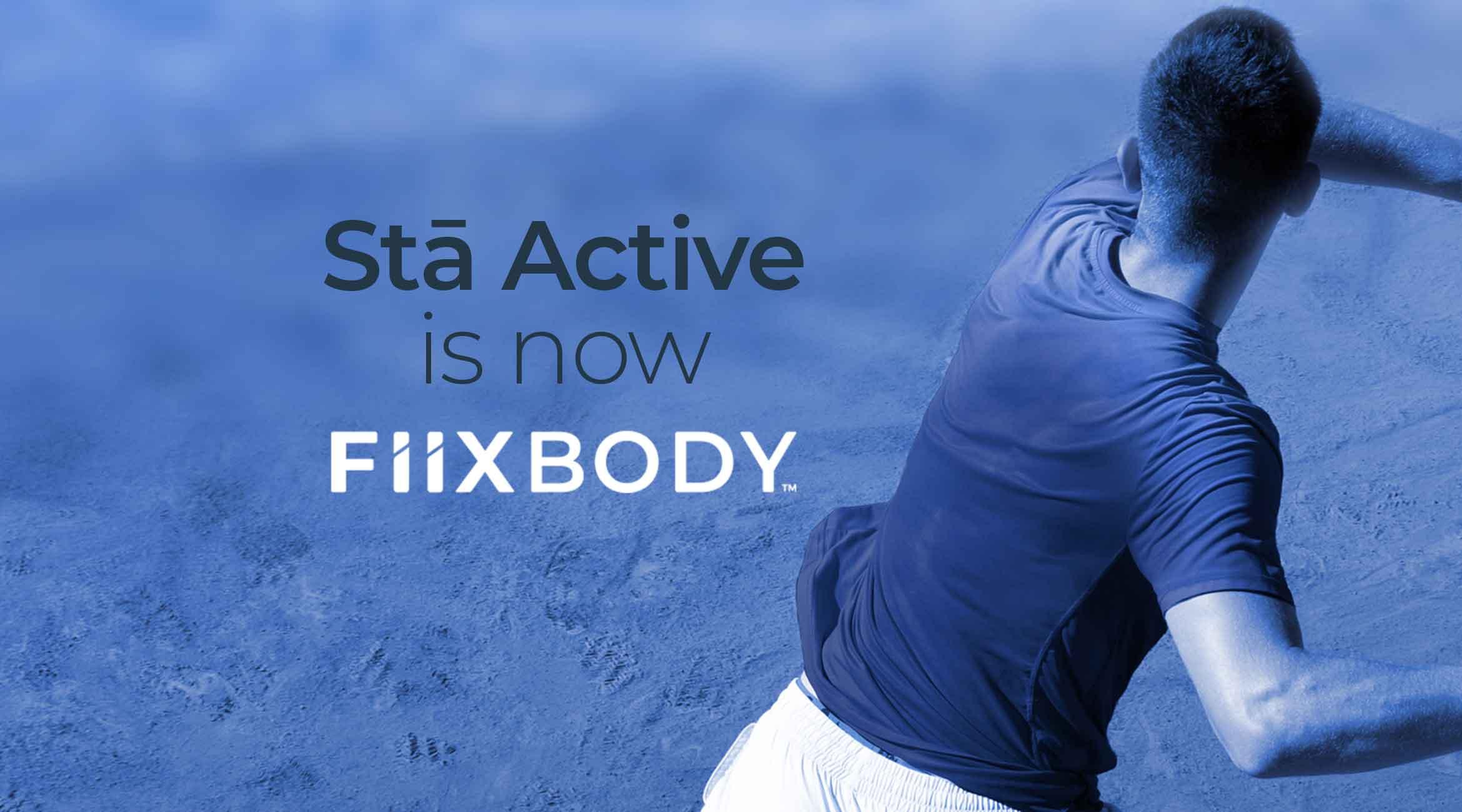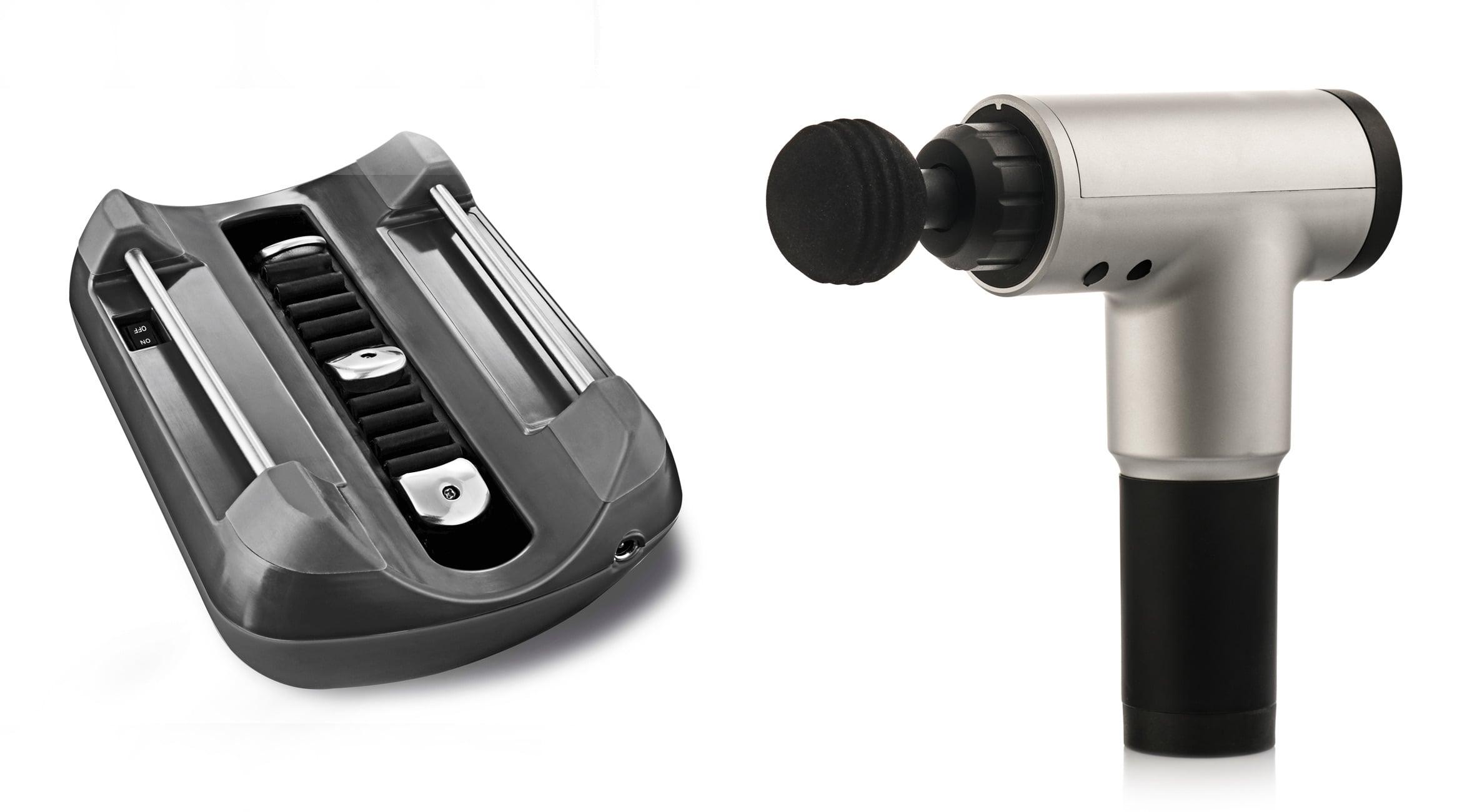Vibration therapy began in the 1800s as a way to combat muscle and bone loss. By delivering a constant stimulus to the muscles, it causes them to contact and relax voluntarily, while increasing blood flow, reducing tension and promoting relaxation.
A form of vibration treatment, percussion therapy evolved much later but has expanded in recent years from healthcare settings like physical therapy clinics, chiropractor’s offices and athletic training centers to convenient use at home. Today, multiple handheld percussion devices are available for consumers to use on their own, with varying features and price points.
Given the growing usage and acceptance of this drill-like massage gun, it’s worth investigating what exactly does a percussion device do?
Beyond Skin Deep - What a Percussion Device Does
While vibration steadily stimulates the surface of the skin, percussion devices reach 60 percent deeper, all the way to the chromatin, or cell nucleus, according to chiropractor and Theragun inventor Dr. Jason Wersland.
Plus, the nature of percussion is intermittent – the units touch the body and come off of it multiple times per second. While the frequency can vary according the to the device used, it can be as much as 22-40 times per second. Percussion devices combine amplitude, or depth of pressure, with frequency, the speed of the bursts. They also come with different attachments or heads for specific use on various body parts.
How to Use a Percussion Device
Because these are powerful devices, follow the manufacturer’s directions, start on a low setting and gradually increase the pressure over time as you adapt. Higher pressure doesn’t automatically mean better results. While you may feel discomfort, it should never be extremely painful.
Also, let the head of the massage gun float, or glide, over the area, rather than pressing it down hard with external force. Move it around slowly, and don’t stay in one spot too long. Try to relax and breathe throughout.
Think of percussion therapy as an automated deep tissue massage – like a “hurts-so-good” experience that you get from an intense foam roller session, but targeted directly on a painful area.
Effects of Percussion Therapy
So what can you expect from using a percussion device? The frequency of the pulses actually interrupts the pain signals that the nerves send to the brain, so pain is alleviated. Plus, the pulsing turns on the Golgi tendons, which are sensory receptors at the end of your muscles. By switching them on, tension is released and range of motion/flexibility can increase.
Furthermore, the pulses stimulate additional blood flow to the area, which boosts delivery of oxygen and nutrients to help decrease inflammation and promote healing.
Additional benefits of percussion therapy include:
- Breaks down adhesions and scar tissue
- Helps relax thickened connective tissue and fascia
- Flushes out lactic acid and improves lymph circulation
- Prevents delayed onset muscle soreness (DOMS) post training sessions
Can activate bone formation and enhance bone strength
Recommended Percussion Therapy Uses
Percussion therapy is often used by athletes and exercisers before or after workouts to promote recovery. It also can treat conditions including tennis elbow, sciatica, herniated/bulging discs, shin splints and others.It is not recommended for pregnant women; people who have diabetes, cancer, high blood pressure, osteoporosis, varicose veins or peripheral artery disease. Also, individuals who have inflammation-related injuries, or those who are taking blood thinners, should not use percussion devices.
Always consult a healthcare professional before beginning percussion therapy.








